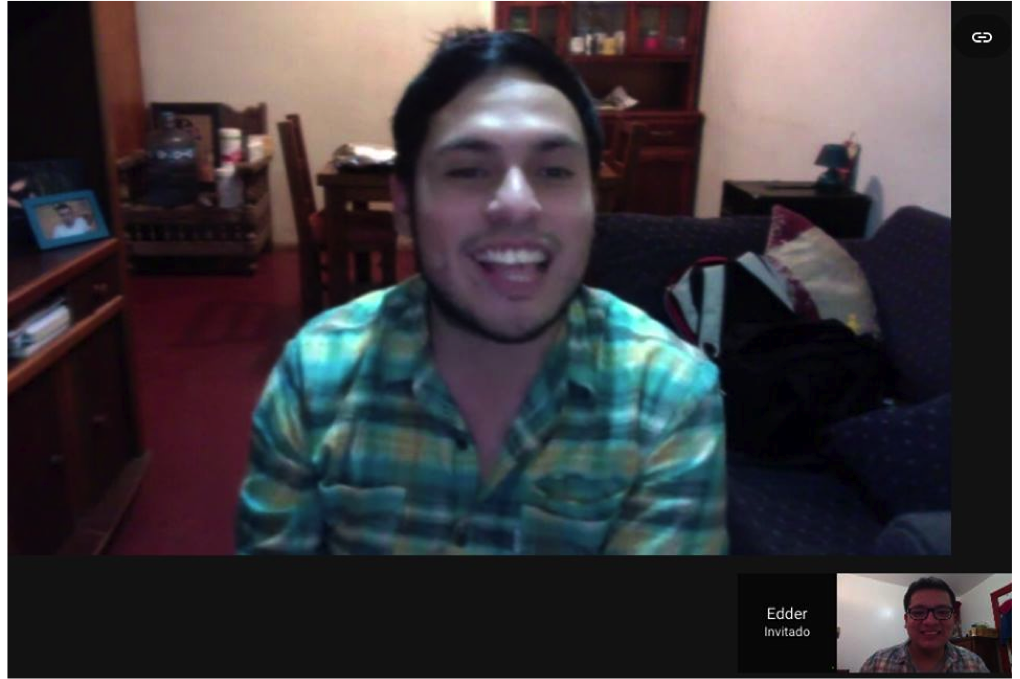This week’s reading made me reflect about how I begun to collect data and to limit the corpus of a former work. That project seek to identify two phonological features of the repertoire of a young Mexican Youtube videoblogger, called Eder, and to understand their social values. Here it is one of his most popular videos:
Following Herring’s CMDA scheme (2004), I studied a micro-level linguistic trait, the structural one. I was not directly interested in the interaction between Eder and his audience, but in his participation (the ‘fifth domain’ of language for Herring) in the Youtube platform. Since I needed to ‘code and count’ participation in terms of popularity, I decided to take note of the statistics of all the 165 videos of his account. I registered the number of views, likes/dislikes and comments of all videos, from 2008 to 2014. I delimited the corpus to the 35 most watched videos. As a second step, I identified the cases where the linguistic variant appeared. In other words, I employed two data sampling techniques: by time and by phenomenon (11). The first criterion allowed me to identify patterns of language use across the time: When this feature did appear by first time? When did it reach popularity? How was its use along the time? Did it increase or diminish?
On the other hand, my interest in phonological production is located in one of the extremes of Herring’s continuum of operationalizability. A (traditional) linguistic variable is one of the more feasible concepts, because they have an ‘external, directly observable behavior’ and are ‘concrete, bounded and measurable’ (14). I felt very confortable working with ‘black and white’ data, but I did not want to work in a variationist paradigm. Instead my approach was to explore macro-level phenomena such as sexual identities (2). In order to understand the social meanings of these phenomena, I had to observe the communicative events where they took place, which was relatively easy because I had the data at hand (downloaded and coded). That would be the end of my research… but I had the sensation that something pivotal was lacking in my work: the opinion of the speaker.
At that moment, I had neither experience nor knowledge about CMC research and -even worse- I had not carried out any ethnographic research. However, I informally asked Eder for an interview. He kindly accepted and we have a conversation of an hour. Retrospectively, I guess that I was part of a ‘guerrilla ethnography’: I was ‘seizing the opportunity to use whatever methods are possible under the circumstances of each particular context’ (Yang 2003 in Androutsopoulos 2008: 7). This interview gave me an off-line glance of Eder’s sociolinguistic awareness (or ‘lay Sociolinguistics’, 12). After this encounter, I needed to reformulate my preliminary conclusions. That is why I do believe, as Androutsopoulos, that ‘[c]onstant moving back and forth among observation notes, interview data, and web (textual) data offers insights that could not be gained by a purely based (or a purely observational) procedure’ (10).

Eder & Ernesto




It’s interesting to read your reflections on the methodology you used and how you were able to align your approach with ideas put forward in the readings. Did you transcribe the videos where the linguistic features appeared? Remind us what the linguistic feature was and where it comes from. How did you code the data?